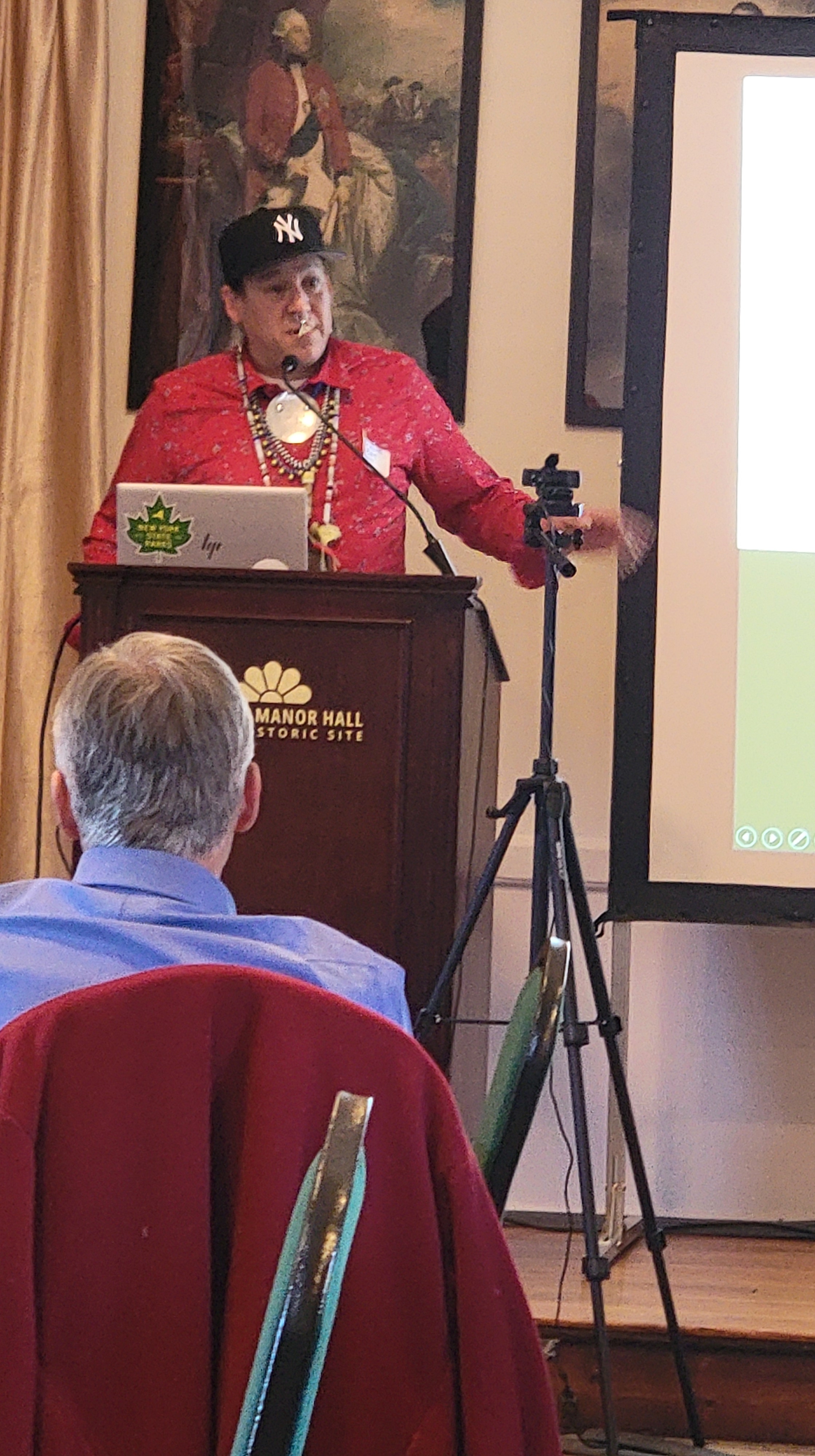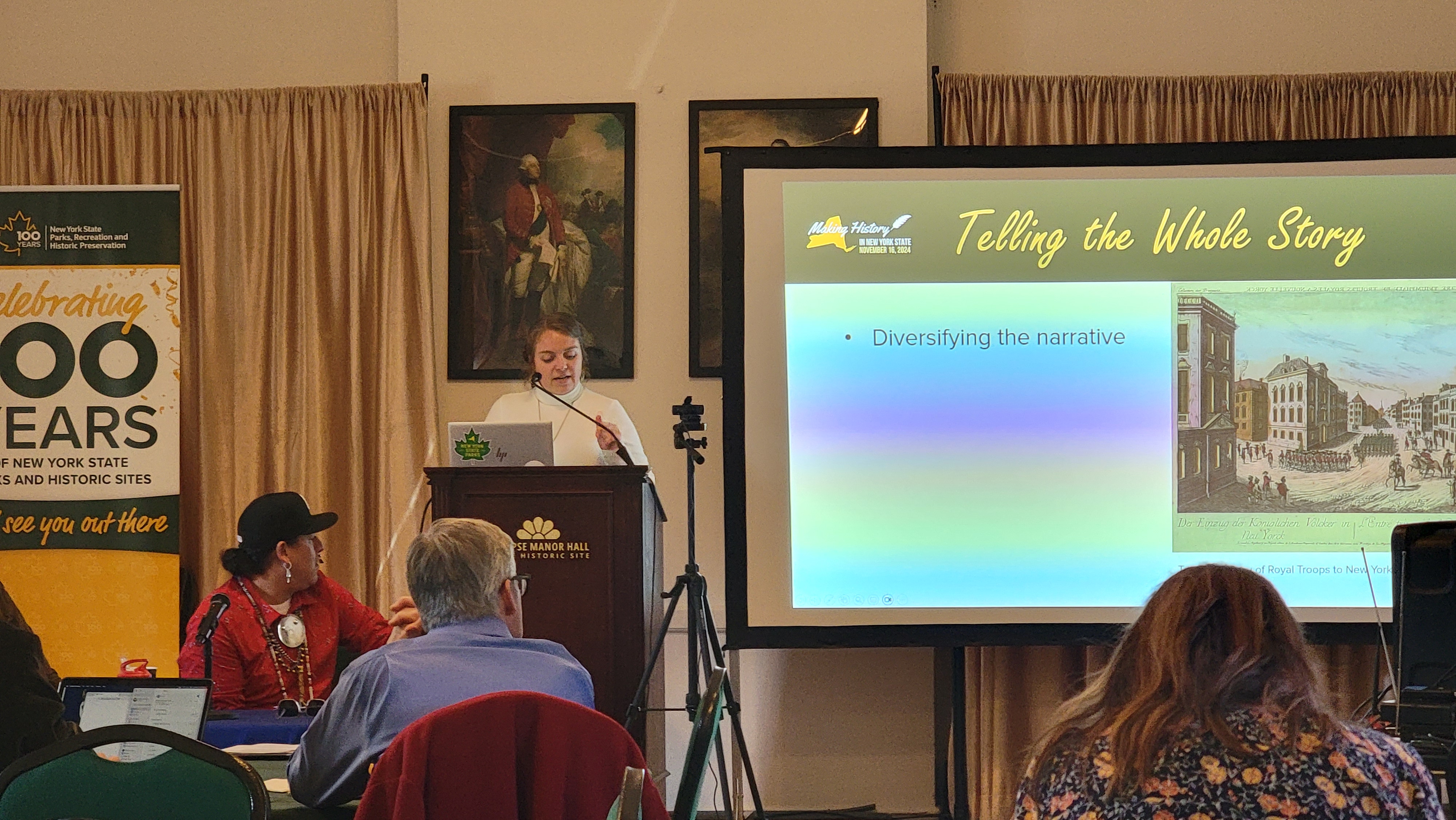Since the 1980s, our agency’s Division of Historic Preservation has recognized outstanding individuals and projects with the annual Historic Preservation Awards.
These honorees represent reverence for the past and creativity and vision for the future, combined with the necessary attention to detail, perseverance, skill and hard work it takes to bring historic preservation projects to life. From a rustic farm to a bootlegger’s warehouse, let’s take a look at some of the projects and people our agency honored this year.
Continue reading Congratulations to the 2025 Historic Preservation Award Honorees!










